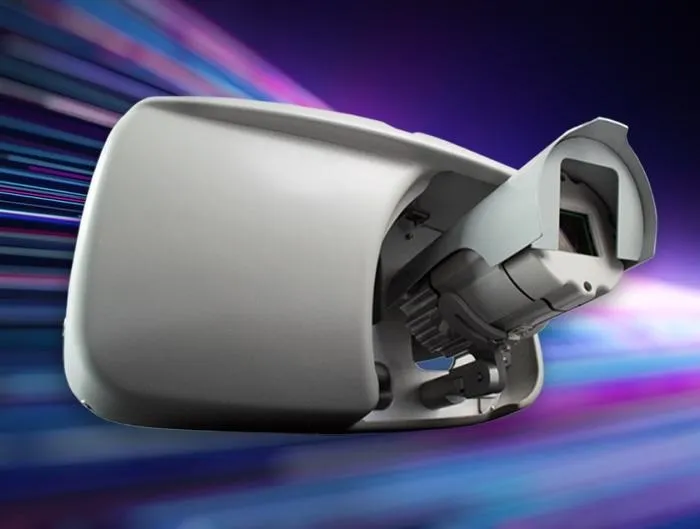The camera provides a range of features for image optimisation and pre-processing, including auto gain, exposure, white balance settings, gamma correction and look-up tables with which users can tailor image corrections to their needs. Also included in the Manta G-895 is a new Trigger over Ethernet (ToE) feature.
Users can choose from a variety of hardware options including Power over Ethernet, angled heads, optical filters, lens mounts and a board-level variant for easy integration. The Manta G-895 is supported by all popular image-processing libraries and Allied Vision’s Vimba 2.0 software development kit is said to allow easy configuration via a new intuitive user interface.
Allied Vision launches new camera with latest Sony CMOS sensor
Allied Vision has expanded its camera range with the Manta G-895 which achieves up to 13.4 frames per second at full resolution. It is fitted with Sony’s Pregius MX267 CMOS sensor with a resolution of 8.9megapixels (4,112 x 2,176) and is said to have a high saturation capacity with very low noise, resulting in exceptional dynamic range.
April 4, 2017
Read time: 1 min










